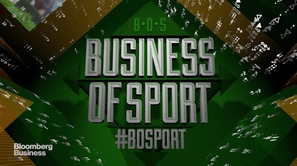
In an almost stereo-typical approach, Barton asks the Germans about the rules governing football. There is a discussion of the rules governing the sales of TV rights in German, the 50+1 rule that governs the ownership of German football clubs, and Financial Fair Play. Both Rummenigge and Hopp clearly explain the gap between the TV money received by German clubs and their English counterparts. In the case of Bayern, it is a gap that they narrow by their successful commercial revenue generation. Both Germans reflect the views of many when they say that the operation of Financial Fair Play rules are far from clear. Hopp expresses an opinion that the proper operation of FFP might make the 50+1 rule obsolete. The rule is designed to ensure that the club ownership stays in the hands of it fans. There is a clause that allows private investors, like Hopp, to contribute more where they have been supporting the club for over two decades. Hopp believes that the rule has benefitted German football by limiting "excessive growth".
The programmes are well worth watching. Barton has an easy style that hides an ability to address the tough question. At one point in The Hoffenheim Story, Hopp questions the payment of over £50m for Kevin De Bruyne. It is clear thinks that this makes it hard for some clubs to compete. Barton's next question is one that asks Hopp about the desire of the fans to have a private investor that allows the club to make such purchases. A more aggressive interview might have asked if that was not what Hopp and Hoffenheim were doing on a smaller scale. Barton's more subtle approach resulted in an more open interviewee and a better answer.
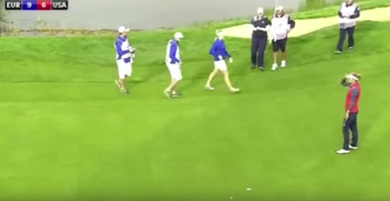
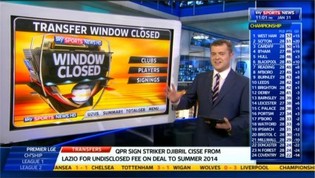
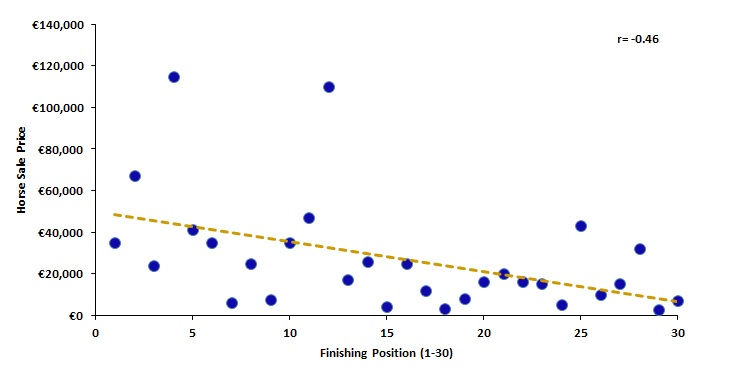

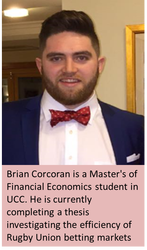
 RSS Feed
RSS Feed